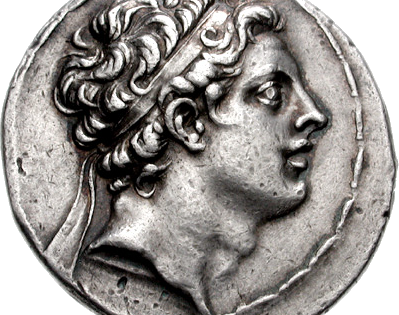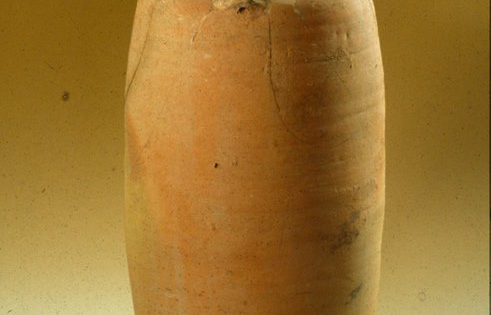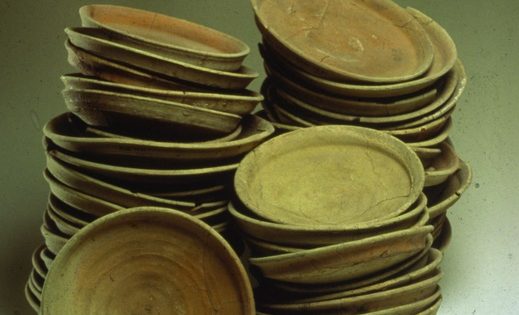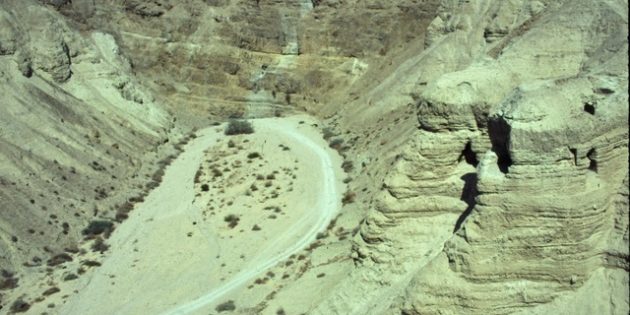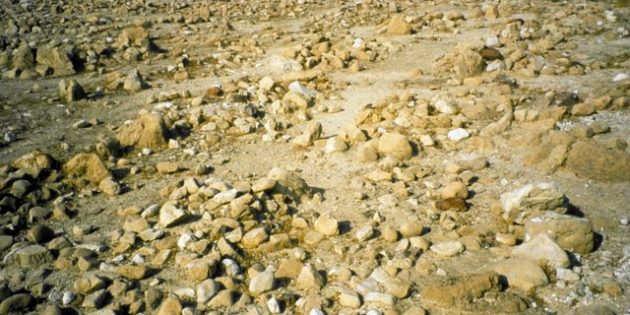Home » Bible and Beyond » Maccabean Period
Maccabean Period
The years immediately following the Maccabean revolt and victory are known, after the name of the victorious dynasty, as the Hasmonean period. Like the Roman period, which immediately followed, it was distinguished by a tendency toward what, for want of a better term, we call sectarianism. By this we mean a tendency to split into […]
The ascension of Antiochus IV Epiphanes (175–164 B.C.E.) to the Seleucid throne continued to fuel the political instability in Palestine that had resulted from the constant Ptolemaic-Seleucid warfare. In a move certain to provoke the Jewish population, Antiochus sold the office of high priest, traditionally a hereditary succession, to Jason, the highest bidder. Jason also […]
The first seven scrolls found at Qumran were encased in jars, which protected them from the elements.
Inkwells found at Qumran support the theory that the sectarians themselves copied many of the documents found in the caves. For more information on the ink used at Qumran, see Saving the Dead Sea Scrolls for the Next 2000 Years, Dodo Joseph Shenhav, Biblical Archaeology Review, Jul-Aug 1981.
The excavators of Qumran discovered as many as 708 bowls, neatly arranged in dozens, as well as stacks of jars, jugs and dishes.
Wadi Qumran Wadi Qumran and the Ruins The Qumran site is situated in a wadi, or dry river bed. During the winter months, torrential rains fill the wadi. The runoff from the cliffs was collected in water tunnels and channeled into the settlement.
The Qumran settlement was equipped with a complex water system, which supported various industrial installations, especially for the making of pottery. Shown here is a remnant of the water channel, which in antiquity was covered by capstones and therefore was below floor level.
To the east of the Qumran ruins are the remains of a cemetery containing some 1100 graves. Only a small number were excavated, but a large proportion is graves of women and children.
This large room, located towards the southern end of the building complex, has been identified by excavators as a dining room. Adjacent to it was a pantry with a large number of dishes still neatly stacked when the site was destroyed. It is generally believed that the Qumran sectarians ate their communal meals in this […]
The ruins at Khirbet Qumran are of communal facilities – kitchen, dining room, etc. Today we still do not know where the living quarters were. Three possible locales have been suggested- nearby caves, tents, or the upper story of the building complex.


